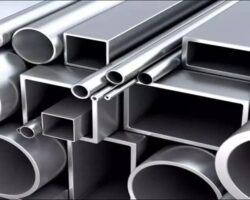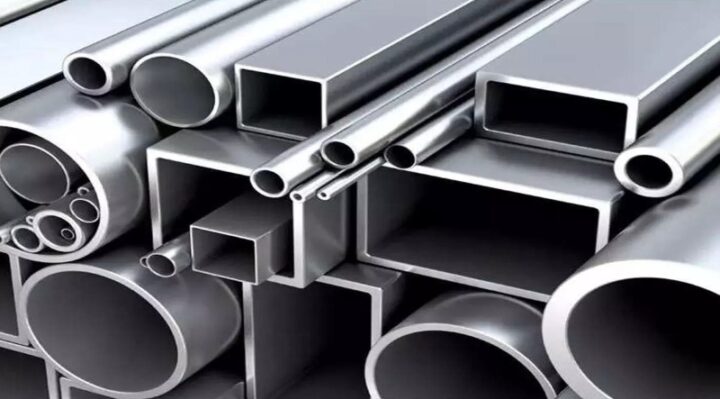The Indian steel market is expected to reach 190 MT-mark in 2030; the industry is expected to produce 210 MT


The analysis titled “India’s Steel and Coking Coal Demand 2030” indicated that, “in the best case scenario,” it may also reach 230 MT by 2030.
According to a SteelMint India analysis, India’s steel demand is predicted to increase at a CAGR of 7% to reach 190 million tonnes (MT) by 2030. According to the market research agency, the demand would be primarily driven by the infrastructure and construction industries, which account for 60–65% of the total demand. India’s steel consumption is expected to increase to 190 MT by 2030, with a projected Compound Annual Growth Rate (CAGR) of 7%. The analysis titled “India’s Steel and Coking Coal Demand 2030” indicated that, “in the best case scenario,” it may also reach 230 MT by 2030.
A number of government programs, increasing urbanization, and the rise of the population will be the main drivers of demand, which will also be driven by industries like engineering and the car industry. According to the survey, by the end of 2023, the demand is predicted to reach 120 MT, while the production level will be 136 MT. By 2030, 210 MT of crude steel are anticipated to be produced in India, a 45 percent increase above 2023 levels.
According to the analysis, several nations—including China—will see a decrease in steel production when compared to their present levels of production. According to SteelMint’s raw material demand scenario, 116 MT of metallurgical coal will be needed if India’s steel production development continues along the Blast Oxygen Furnace (BOF) route, with a target of producing 140 MT of hot metal in 2030. It stated that India will become the world’s top importer of seaborne met coal in the future, with a thirty percent market share, and that by 2030, the nation will need about 350 MT of iron ore.
The government of India has set an ambitious goal to raise the country’s installed steel producing capacity to 300 MT, making the year 2030 significant for the local steel sector. Sixty-six percent of the projected 80 MT of additional steel production capacity in India by 2030 will come via the Blast Furnace-Basic Oxygen Furnace (BF-BOF) pathway. At the moment, BOF and Electric Arc Furnace (EAF) account for 46% and 54% of India’s total steel production, respectively.


